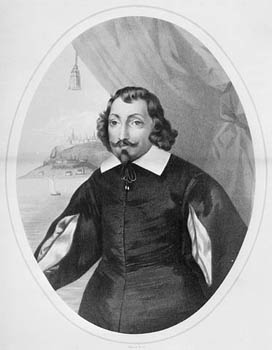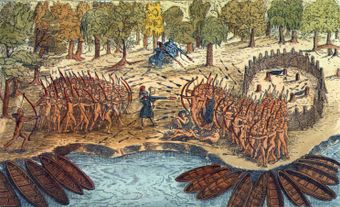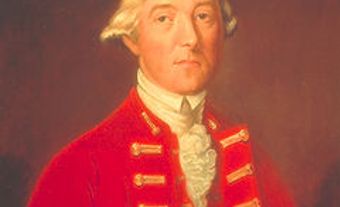The governor of New France was the king’s official representative in the colony and the commander of military forces. He was also in charge of diplomatic relations with Indigenous peoples and other colonies.

Roles and Responsibilities
In the colony of New France, the office of governor was created before a complete government system was even introduced. This important and prestigious role of king’s official representative was always given to a nobleman. Each year, the governor reported on his administration to the minister of the Marine, who was in charge of the colonies.
The governor wielded extensive powers. He was responsible specifically for external affairs (relations with Indigenous peoples and British colonies in North America) and military matters. As chief commander of the army, he made decisions of war and peace. In consultation with the intendant, the governor ensured the colony’s development, participated in land concessions in seigneuries (see also Seigneurial System) and weighed in on the control of the fur trade. His prestige, power and recommendations meant that he played a significant part in society and politics.
History and Decline
Samuel de Champlain, appointed king’s representative in New France, was the first to take on the role of governor. The most illustrious governors of the New France era were the Compte de Frontenac, Phillipe de Rigaud de Vaudreuil and his son, Pierre de Rigaud de Vaudreuil.
The governor’s responsibilities changed after the Conquest and throughout the British regime (1760-1867), during which the British governors were given many powers. However, the latter increasingly had to face scrutiny of their decisions by the members of a Legislative Assembly, and ultimately follow their instructions. This was especially true after the introduction of the responsible government principles in 1848, after the rebellions of 1837-1838.
After the Confederation in 1867, the governor general became the representative of royalty, but this became an increasingly honorary role.

 Share on Facebook
Share on Facebook Share on X
Share on X Share by Email
Share by Email Share on Google Classroom
Share on Google Classroom


